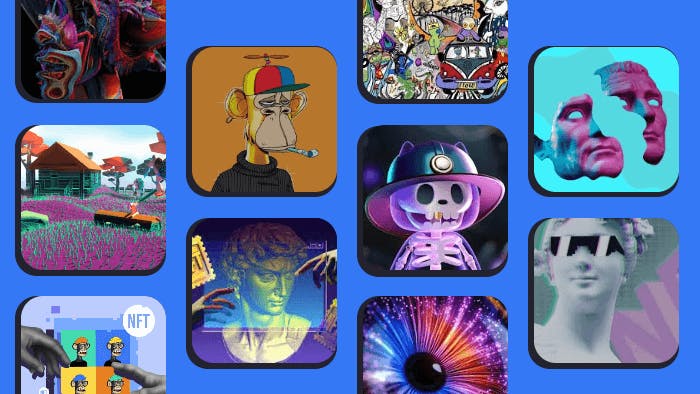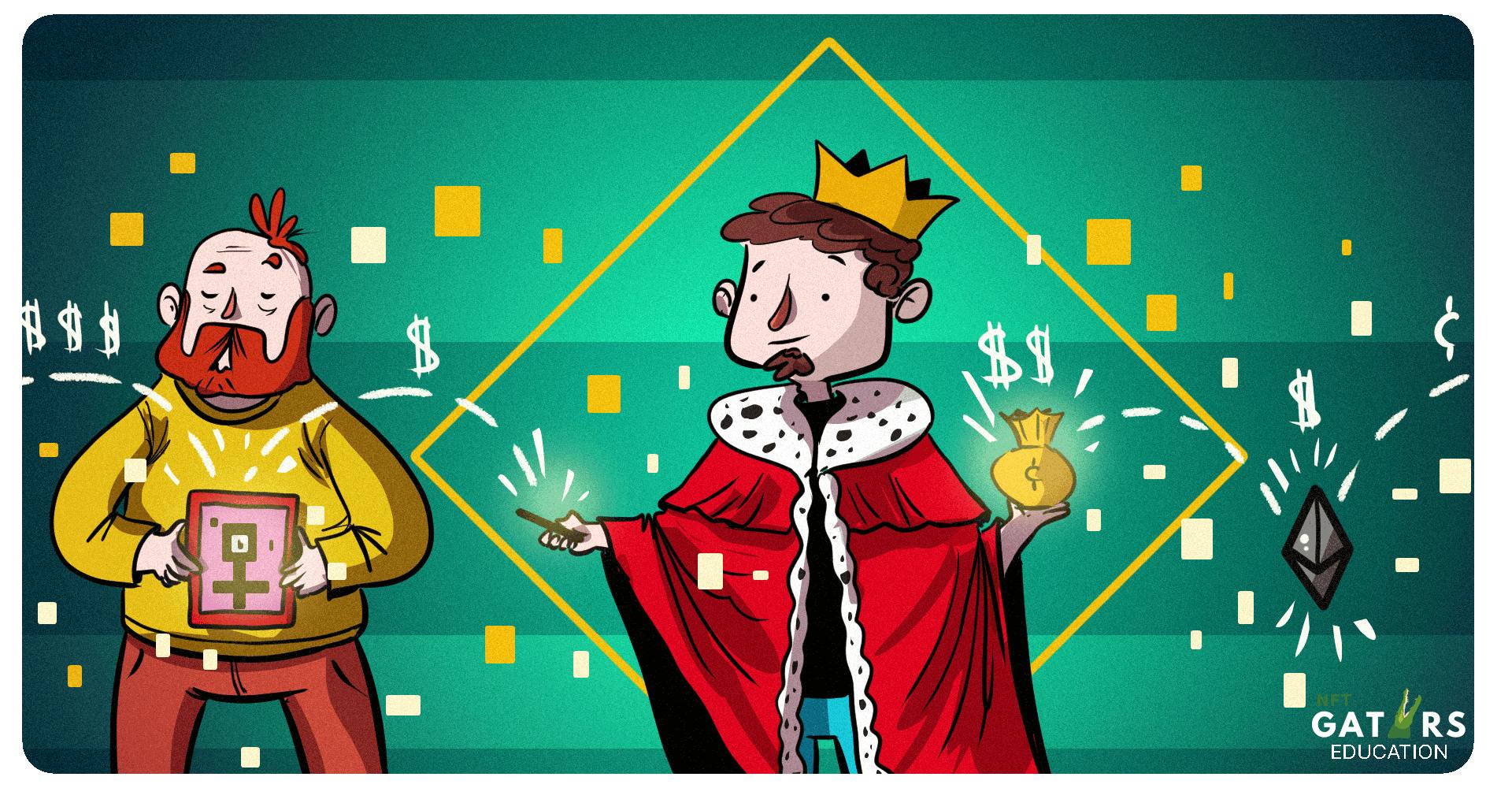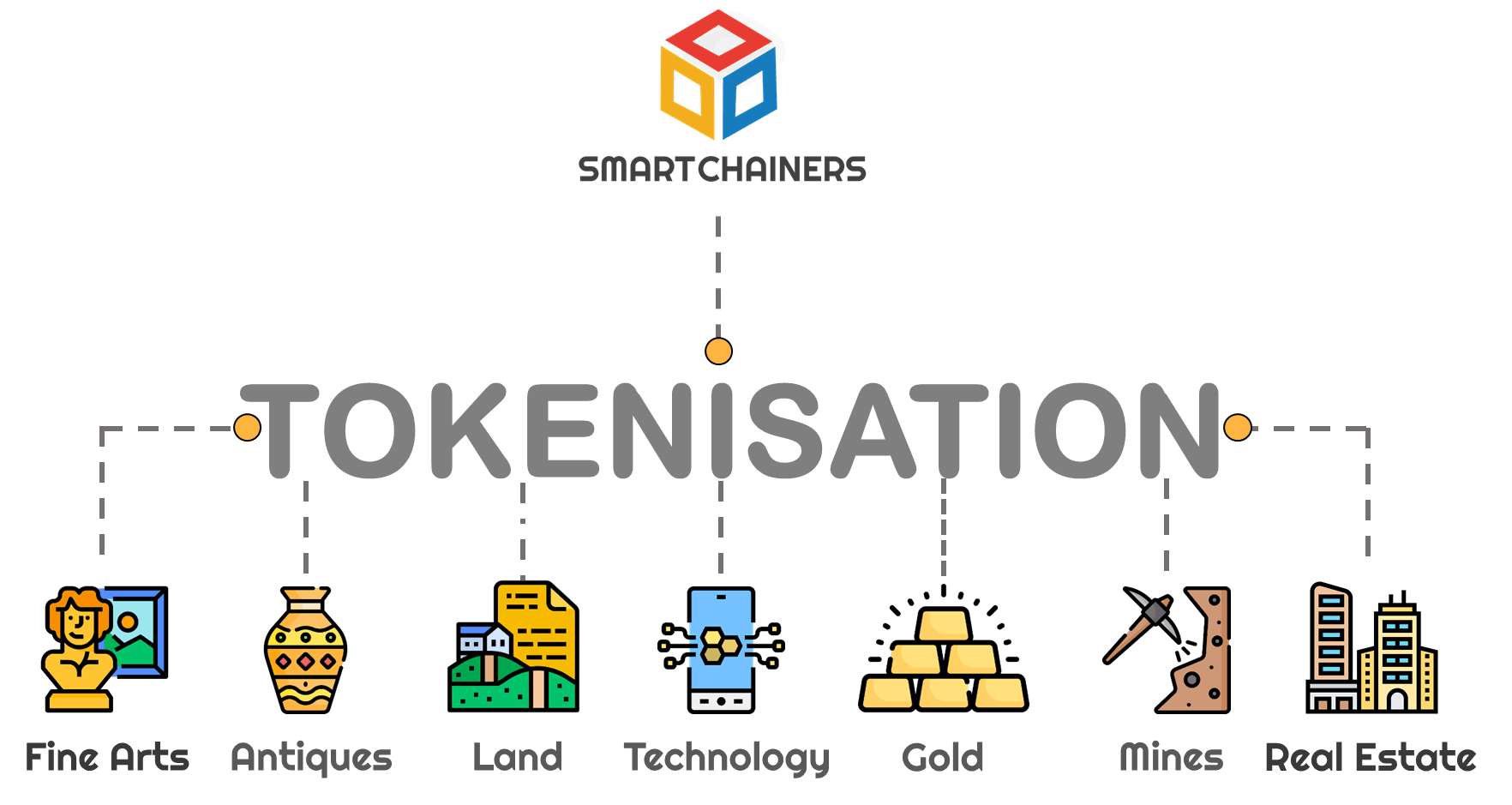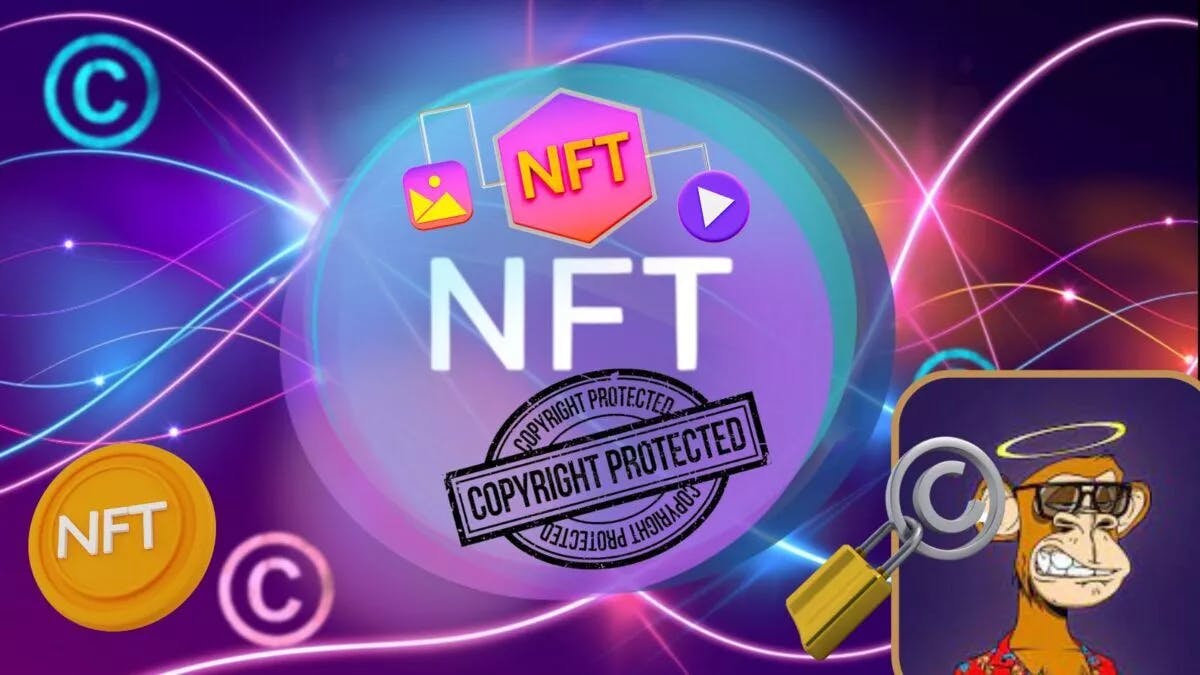The advent of Web3 and blockchain technology has brought about revolutionary changes across various industries, and the world of art is no exception.
In this digital age, artists are starting to leverage the power of blockchain technology to transform the way they create, distribute, and monetize their work.
This article explores how Web3 and blockchain technology empowers artists, providing them with nearly absolute control over their work.
Authenticity and Provenance
For a long time, artists have struggled with the issue of authenticity and proofs of origin, especially in the digital realm.
Blockchain technology offers a solution by allowing them to create digital certificates that prove an artwork's authenticity in the form of "non-fungible tokens" (NFTs).

These NFTs provide verifiable proof of ownership to their creators, enabling artists to establish the origin and uniqueness of their work.
Direct Artist-to-Collector Engagement
Traditionally, artists used to rely on intermediaries like galleries and auction houses to connect with collectors and buyers.
However, blockchain technology and its non-fungible tokens eliminate the need for these intermediaries, allowing artists to directly engage with their audience and establish a closer relationship with collectors.

Artists can now sell their artwork as NFTs directly to collectors on decentralized marketplaces, enabling greater control over pricing, royalties, and the overall transaction process.
Fair Compensation and Royalties
Another challenge that artists face is the lack of fair compensation for their work, particularly in the digital domain.
With blockchain technology, Smart contracts come as part of the package deal, particularly with the ERC 2981 token standard.

These smart contracts are executed and enforced by the blockchain, ensuring transparent and fair remuneration for artists, even in secondary sales, enabling automatic royalty payments to artists every single time their work is sold or used.
Tokenization of Art Assets
Blockchain technology also allows artists to tokenize various art assets, including physical artworks, music, videos, and even virtual reality experiences.
By creating tokens that represent (transferrable) ownership of these assets, artists have full control over their work and allow a broader audience to invest in and appreciate them.

Tokenization also opens up possibilities for new funding models, such as crowdfunding, where supporters can contribute to the creation of an artwork or project.
Enhanced Copyright Protection
Another issue has to be copyright infringement.
Unauthorized use and distribution of artistic pieces has plagued artists for decades, particularly in the digital age where almost anyone can copy almost anything.

Blockchain technology offers a tamper-proof and immutable record of ownership, making it easier for artists to protect their intellectual property.
By registering their work on the blockchain, artists can establish a clear timeline of creation and ownership, making it significantly harder for others to claim or reproduce their art without permission.
In All
Web3 and blockchain technology are revolutionizing the art world by empowering artists with newfound control, transparency, and monetization opportunities.
Through the use of NFTs, direct engagement with collectors, fair compensation through smart contracts, asset tokenization, and enhanced copyright protection allows artists to navigate the digital landscape with confidence an creative freedom.
As the Web3 ecosystem continues to evolve, artists are poised to thrive in this decentralized and collaborative future, shaping the art industry in newer ways, everyday.
